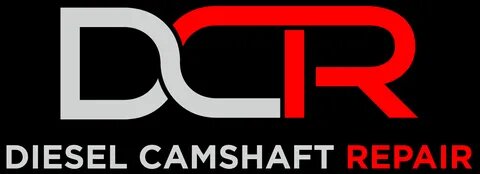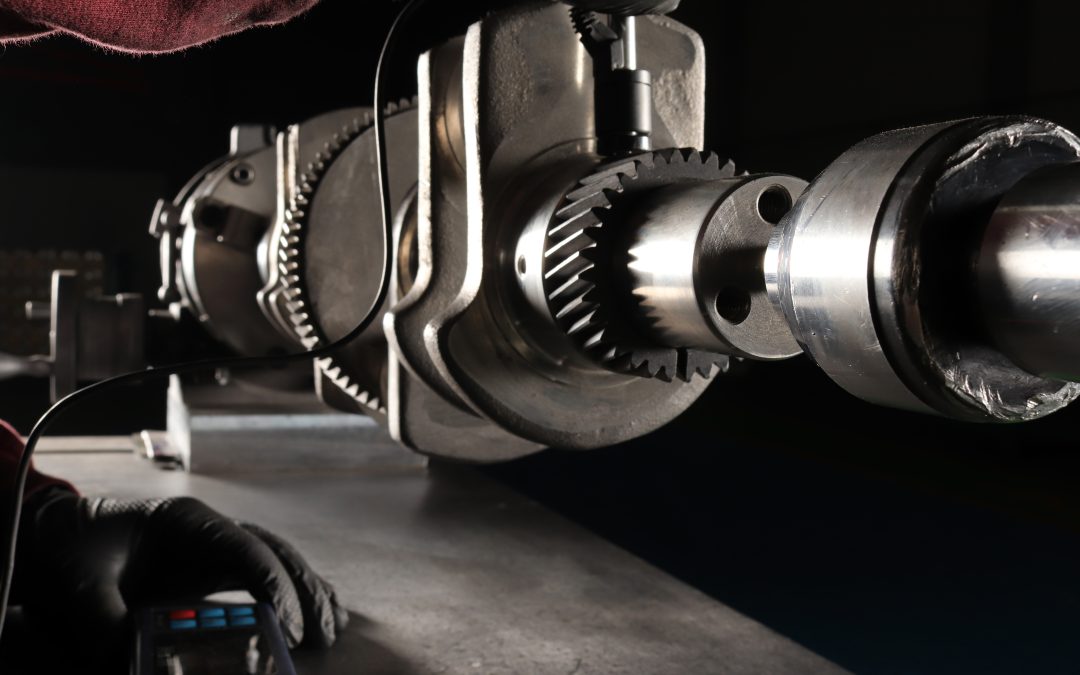Noise reduction for camshafts in diesel engine involves a combination of design strategies, material selections, and surface treatments aimed at minimizing the operational noise levels. These efforts aim to reduce noise from the camshaft and its associated components, like the valve train and bearings. Here’s a closer look at the strategies and considerations involved:
Noise Reduction – Material Choices
Lightweight Materials
Using lighter materials like aluminum or composites to make camshafts can make them less noisy. This is because lighter materials have less inertia, meaning they don’t resist changes in motion as much, resulting in smoother and quieter operation.
Additionally, these materials are better at soaking up vibrations compared to heavier metals. This ability to absorb vibrations helps in cutting down the noise that usually comes from the engine. By choosing lightweight materials for camshafts, engines can run more quietly.
Damping Materials
Using materials that naturally dampen vibrations can make engines quieter. These special materials, including some metal alloys and polymers, are made to absorb the shakes and trembles that happen inside an engine.
When these vibrations are absorbed, they don’t turn into noise. This means the engine runs more smoothly and quietly. Adding these damping materials to parts of the engine, like the camshaft, helps cut down on the noise you hear when the engine is running.
Noise Reduction – Surface Treatments
Polishing
Polishing the camshaft lobes and bearings makes their surfaces smoother, which helps in reducing friction. Less friction means less wear on these parts, and as a result, they make less noise when moving. The smoother the surfaces are, the more quietly they can slide against each other.
This is because rough surfaces create more resistance and noise when they rub together. Polishing is a simple but effective way to make an engine run more smoothly and quietly.
Coatings
Applying special coatings to parts of the camshaft can make the engine quieter. These coatings are designed to reduce friction and wear by creating a protective layer. This layer prevents the metal parts from rubbing directly against each other, which is a common cause of noise.
By reducing this metal-to-metal contact, the coatings help lower the sound that the engine makes. These anti-friction and anti-wear coatings are a smart way to keep engines running smoothly and more quietly.
Design Considerations
Camshaft Profile
Designing the camshaft with specially shaped lobes can make the engine run better and quieter. When the lobes are shaped just right, they help the engine’s valves open and close more smoothly. This smoother action cuts down on the clattering and banging noises that can come from the engine.
Besides making the engine quieter, these optimized lobe shapes also help the engine work more efficiently. This means the engine can perform better, using less fuel and producing less wear on its parts.
Harmonic Balancers
Harmonic balancers are devices added to the camshaft to help reduce engine noise. They work by soaking up or neutralizing the vibrations that the engine produces. These vibrations happen at certain speeds or frequencies, and that’s where the noise comes from. By targeting these specific vibrations, harmonic balancers can make the engine run more smoothly and quietly. Meaning less noise and a more pleasant driving experience.
Isolation Techniques
Isolation techniques involve using rubber or plastic-like materials for mounts and bushings around the camshaft and its parts. These materials act as cushions that absorb vibrations before they can spread through the engine.
By stopping these vibrations from moving, these isolation methods greatly reduce the amount of noise the engine makes. The engine runs more quietly, as the rubber or polymeric materials prevent the shaking and trembling from reaching other parts of the engine. It’s a simple way to make the whole vehicle quieter and more comfortable to ride in.
Maintenance and Operational Practices
Regular maintenance is key to keeping an engine running quietly. Using high-quality oils for lubrication is essential because it helps to reduce friction between moving parts. When parts move smoothly against each other, they produce less noise.
Keeping the engine’s components, like the camshaft, properly lubricated also prevents them from wearing out quickly. This not only helps in noise reduction but also extends the life of the engine.
Ensuring everything is correctly aligned means all parts work together as they should, without unnecessary stress or strain that can cause noise. Regular checks and maintenance can significantly lower the noise your engine makes and keep it running smoothly for longer.
In summary, noise reduction in diesel camshafts involves careful consideration of materials, surface treatments, and design modifications. By focusing on these aspects, manufacturers can create diesel engines that are not only more efficient and durable but also significantly quieter, enhancing the driving experience and meeting stricter noise regulations.

